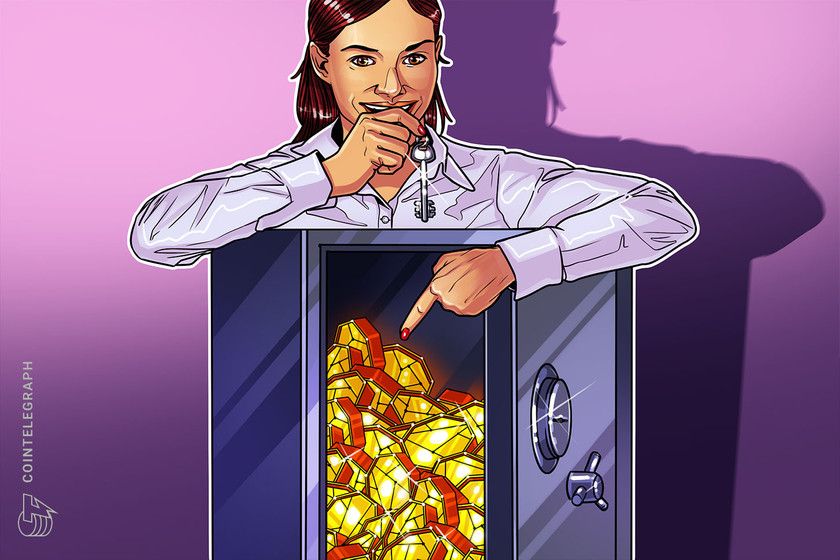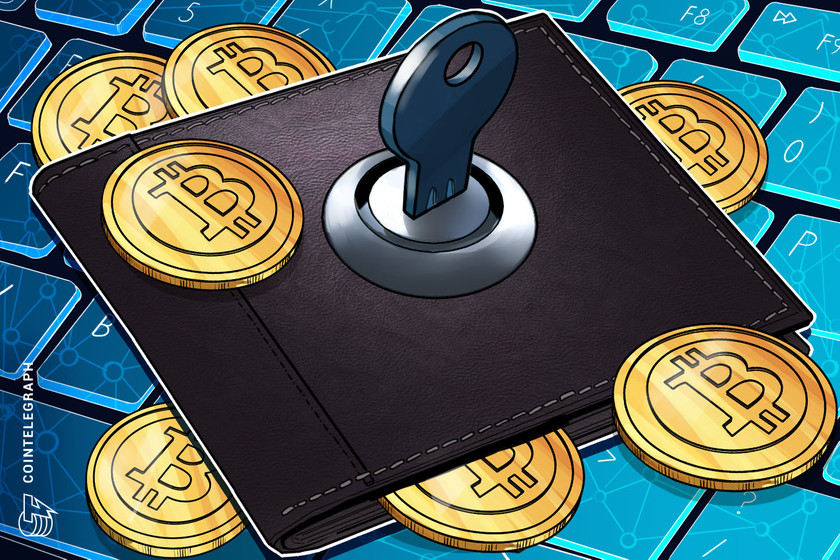IBM unveils new air-gapped cold storage solution for digital assets


The new system works a lot like a time delay safe for digital assets with a policy engine to broker communications.
IBM announced the launch of IBM Hyper Protect Offline Signing Orchestrator (OSO), an air-gapped cold storage solution for digital assets, on Dec. 5.
Working with digital asset manager Metaco — an IBM partner and Ripple subsidiary — and tier-1 banks, IBM developed the end-to-end asset encryption service to address common vulnerabilities found in typical cold storage solutions.
According to the announcement:




























